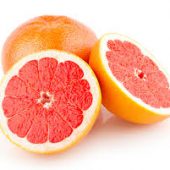
We often talk about nourishing the body – but what about nourishing the skin? When it comes to your skin, what you eat is as important—if not more so—than what you put on it.Expensive creams are not going to undo poor lifestyle or diet. A natural cure is an acne diet.
Controlling Free Radicals and Acne
Antioxidant-rich foods can seek out and destroy free radicals, which are unstable molecules that make their way through the body, stealing from our healthy cells in an effort to become complete.
While they are naturally occurring in the body to some extent, environmental factors such as radiation, diet, stress, smoke, and herbicides can also spawn free radicals. Unfortunately we have a lot of these in our lives.
Normally, the body can handle free radicals, but if your diet is lacking antioxidants or free radical production becomes excessive, damage can occur. Free radical damage accumulates with age and is a major contributor to wrinkles and acne. By making sure your diet is chock full of the following nutrients, you can provide optimal support for healthy, glowing skin.
Here are some important vitamins in any acne diet.
1) Vitamin A — Vitamin A is abundant in dark leafy vegetables and dark orange vegetables. Dark leafy greens are also high in fiber, which slows blood sugar production.
2) Vitamin C — Vitamin C is found in papaya, bell peppers, strawberries, broccoli, pineapple, Brussels sprouts, and of course, oranges and grapefruit.
3) Vitamin E — Vitamin E is found in sunflower seeds, almonds, spinach, Swiss chard, dark leafy greens, papaya, asparagus, and bell peppers.
4) Selenium — Critical in the production of a glutathione, a substance that combats free radicals, you can find selenium in tuna, cod, halibut, shrimp, salmon, and turkey, barley, and lamb.
5) Antioxidant-Rich Foods— You can’t go wrong by loading up on berries, green tea, and such purple and deep red foods as acai, pomegranates, purple carrots, black grapes, and beets. The latter contain anthocyanins, which help promote blood flow to the skin.
6) Fiber — Fiber help combat blood sugar rises and inflammatory responses in your body that can trigger a breakout.
7) Zinc — Found in oysters, crab, lean meats, sesame seeds, and pumpkin seeds, zinc helps reduce I often talk about nourishing the body – but what about nourishing the skin? When it comes to your skin, what you eat is as important—if not more so—than what you put on it. Expensive creams are not going to undo poor lifestyle or diet.
These statements have not been evaluated by the Food and Drug administration. This product is not intended to diagnose, treat, cure or prevent any disease.
Disclaimer
The content on this website strictly for educational purposes. The ideas, opinions, and suggestions contained on this website are not meant to replace medical advice. Readers of this website should not rely on any information provided here as a substitute for medical advice, diagnosis, treatment or consultation with a medical professional. Nourish Nutrition, Inc. does not encourage, nor is it liable for failure to seek medical advice from an appropriate licensed medical professional.

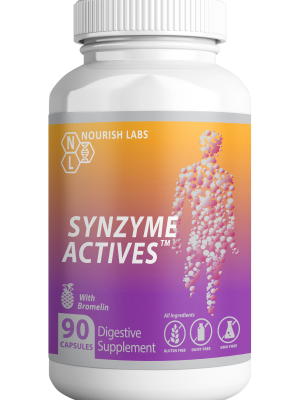
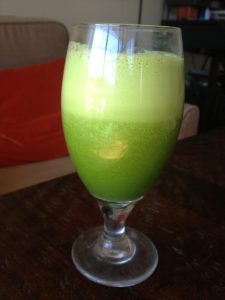
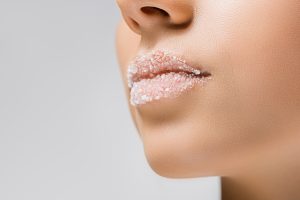
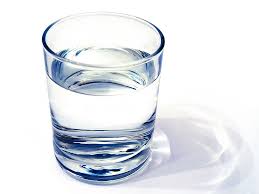
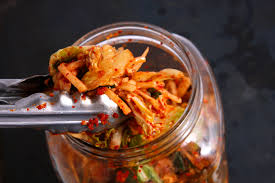
Great information! I put coconut oil on my face every morning in addition to eating plenty of it. Natural sunscreen! I also eat Brazil nuts for selenium.